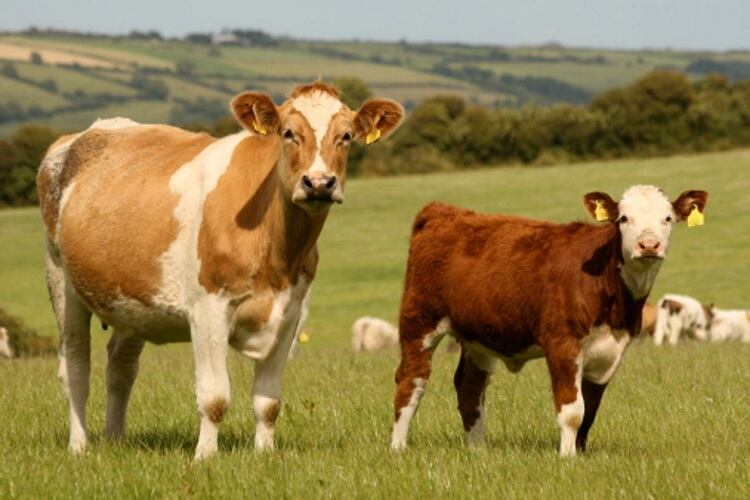The company has concluded the agreement with the Siberian-based Institute of Cytology and Genetics, revealed Petr Kutsenogiy, deputy director of the institute, speaking at a press conference in Novosibirsk.
However, Kutsenogiy refused to disclose any details regarding the contract, pointing to a non-disclosure agreement signed by the parties.
Miratorg runs a huge meat cluster, the biggest section of which is located in the Bryansk Oblast, Russia. This covers 43 farms and can process 130,000- 150,000 tonnes (t) of high-quality beef per year. Earlier, the Russian Government had estimated that, when it reached full production capacity, this cluster alone could meet up to 20% of Russia’s overall demand in beef.
In 2018, Miratorg produced 108,000t of beef, up 32% on the same period in 2017. The cluster should reach its fully capacity by 2020.
The average annual temperature in the Bryansk Oblast is around 6°C. Located in Russia’s European region, about 350km southeast of Moscow, this is a part of the country where winter conditions can be harsh. In December 2018, the lowest temperature recorded in the region was -23°C, while the all-time temperature low has been around -41°C.
Cold weather could be a concern for the Aberdeen Angus breed, leaving the animals exposed to cold stress, which could be particularly dangerous for calves, according to the American Angus Association. Calves are born with a body temperature of about 37.7°C. Severe cold stress occurs when the body temperature drops below 34.4° C. At this temperature, the brain and other organs are affected, and the calf becomes depressed, unable to rise, unwilling to suckle, and will temporarily lose the ability to shiver.
On the other hand, adult animals respond to the cold by burning additional calories, which affects feed intake and could impact productivity, according to the American Angus Association.
Adjusting costs
However, Nina Teltsova, official spokesperson for Miratorg, told GlobalMeatNews that the company had no problems with cold stress on its beef farms.
“The Aberdeen Angus breed is tolerant to frosts. The animals are coping well with the rough weather,” said Teltsova, who would not be drawn on details as to why the company has decided to study the genetic markers of cold resistance in the Aberdeen Angus genome.
A Russian biologist, who wished to remain anonymous, told GlobalMeatNews that several Russian institutions were working on projects to improve cold resistance in cattle. There are several breeds that have been specially designed to endure Arctic conditions, where the climate is far more harsh than that in Russia’s European region, the source said.
“Cold-resistant cattle are a cost-saving solution. When an animal is exposed to cold, it burns fat and consumes more feed – and this all is all bad for business,” the source added. a



